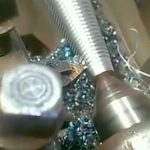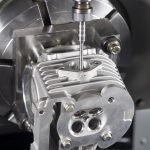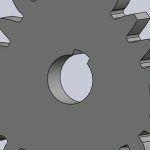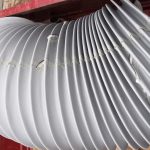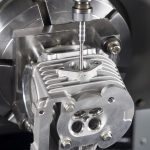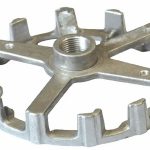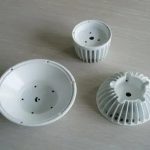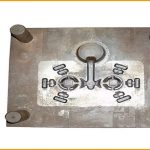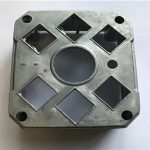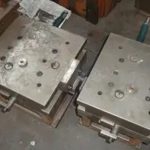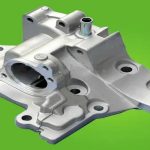Among the various corrosions of stainless steel, the intergranular corrosion accounts for about 10%. It will reduce the bonding force between the grains. Under the action of stress, it is easy to crack and even break into powder, and it is very hidden. It is not visible on its appearance.
At the same time, it is also the main reason for inducing other corrosion. The intergranular corrosion of austenitic stainless steel is mainly caused by the lack of Cr in the grain boundary zone, and C easily forms compounds with Cr, which reduces the Cr content. For this reason, the preventive measures for intergranular corrosion are:
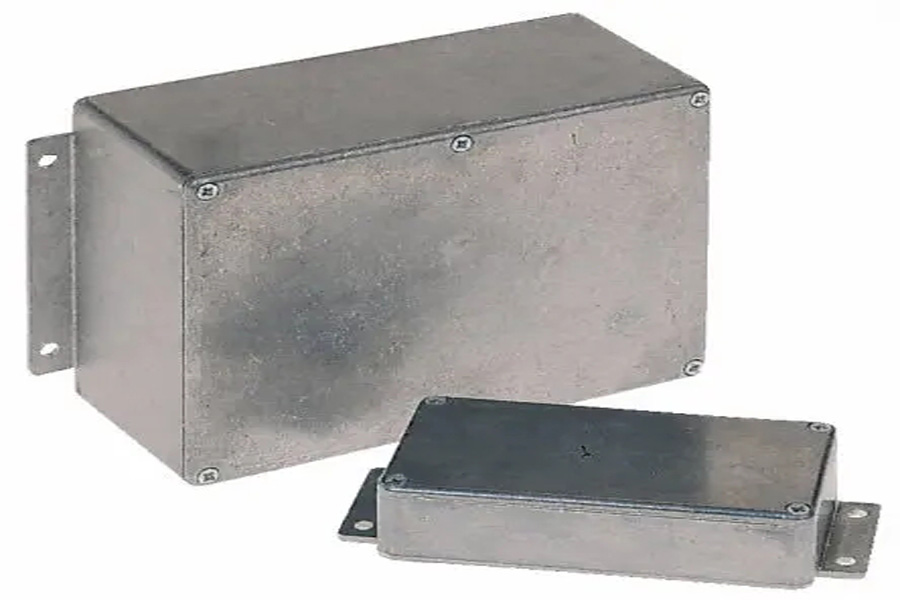
1. Chemical composition and organization
(1) C content
The C content in steel is the most important factor affecting the intergranular corrosion of austenitic stainless steel. On the one hand, strictly control the C content to control the carbon content of the base metal and welding rod below 0.08%; on the other hand, adding stabilizers such as Ti and Nb to the base metal and welding material has a strong affinity for C. The carbon is combined with Cr before it, and a stable compound is formed.
(2) Biphasic organization
dual-phase structure will greatly improve the ability to resist intergranular corrosion. On the one hand, adding ferrite forming elements, such as chromium, silicon, aluminum, molybdenum, etc., make the weld form a dual-phase structure; on the other hand, choose a welding material that contains more ferrite generators.
2, welding process
(1) The temperature is in the temperature range of 450~850℃, especially 650℃ is the most dangerous temperature zone (also known as sensitization temperature zone) where intergranular corrosion is most likely to occur. Therefore, when welding stainless steel, a copper plate under the weldment can be used, or water can be directly poured on the back of the weldment to cool it quickly, reducing the staying time in this temperature range, which is an effective measure to improve the corrosion resistance of the joint. .
(2) The increase of welding heat input will accelerate the corrosion of austenitic stainless steel. In the welding process, small current, high welding speed, short arc, multi-pass welding and other methods can be used to reduce the heat input. Adopt low welding heat input and quickly pass through the sensitized temperature zone to avoid intergranular corrosion in the heat-affected zone.
3, post-welding treatment
After welding, reheat the welded joint of austenitic stainless steel to 1050~1100℃, re-solution treatment, or reheat to 850~900℃, keep for 2h, and conduct homogenization treatment to eliminate the chromium-depleted area.
Please keep the source and address of this article for reprinting: Control of Intergranular Corrosion of Austenitic Stainless Steel
Link to this article:Control of Intergranular Corrosion of Austenitic Stainless Steel
Reprint Statement: If there are no special instructions, all articles on this site are original. Please indicate the source for reprinting:Mold Wiki,Thanks!^^

